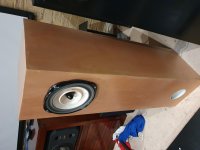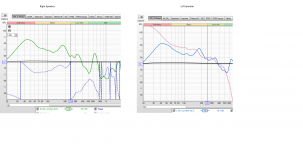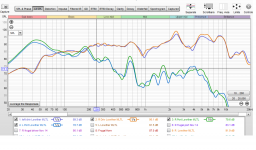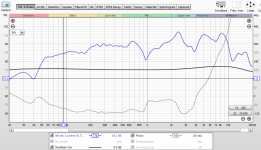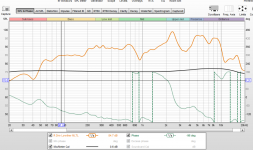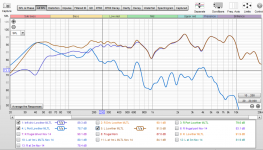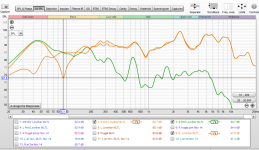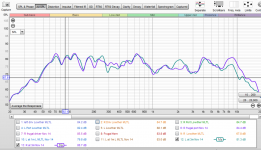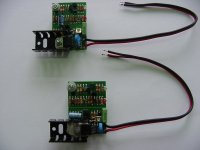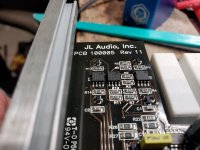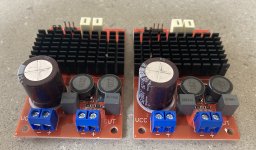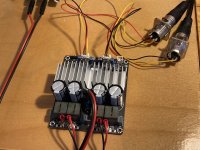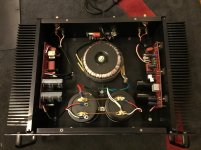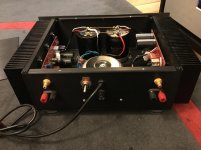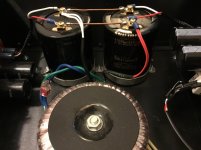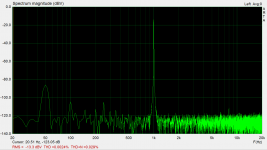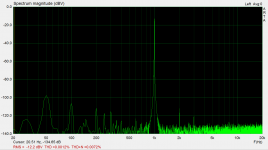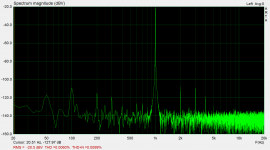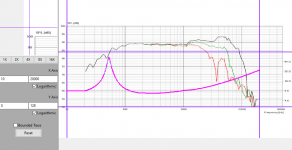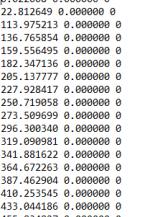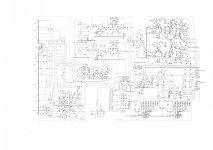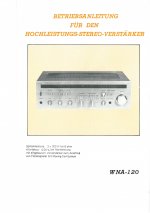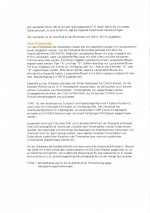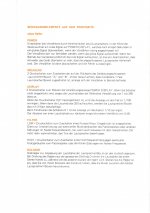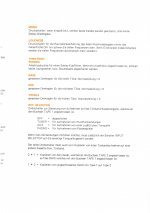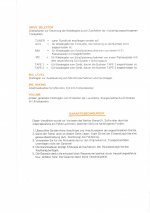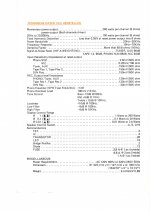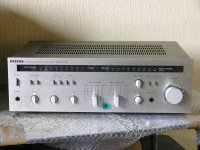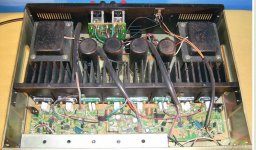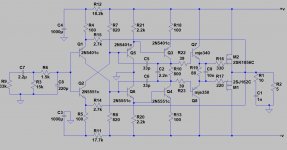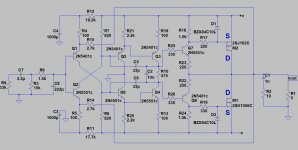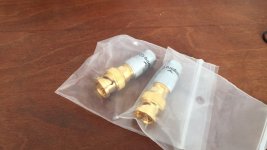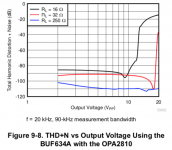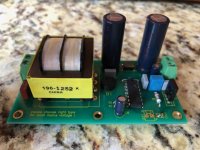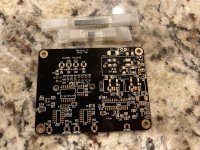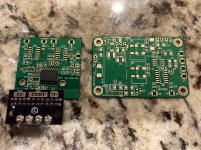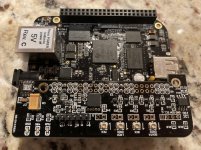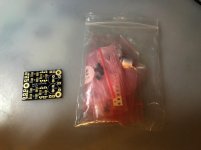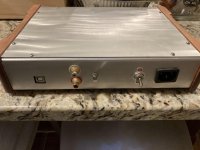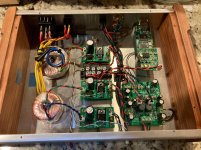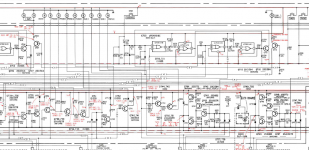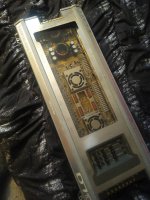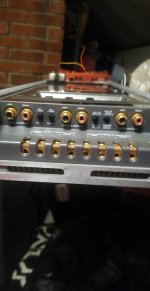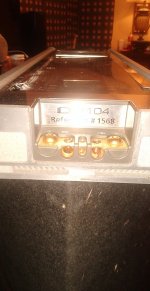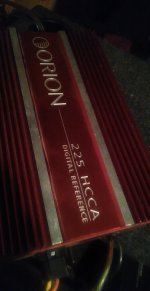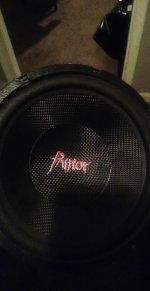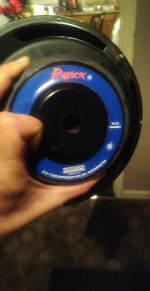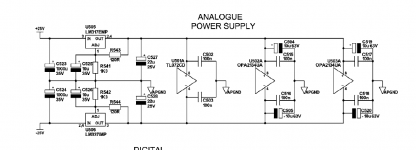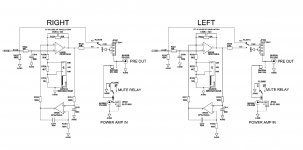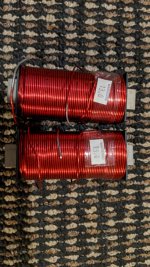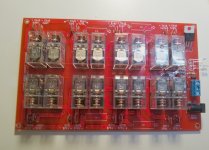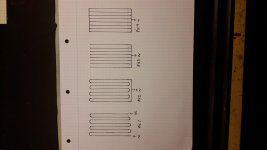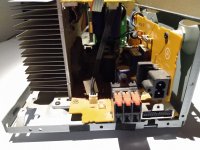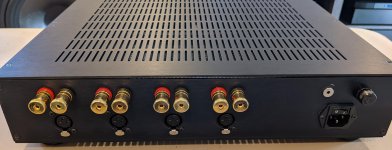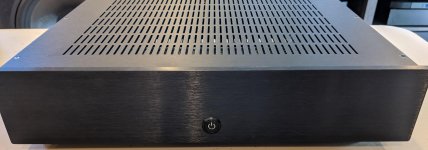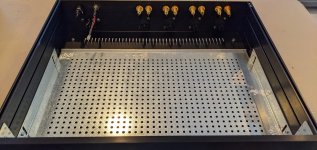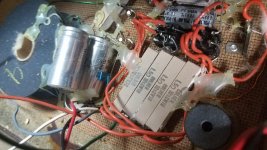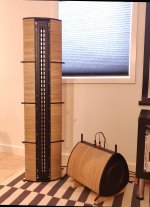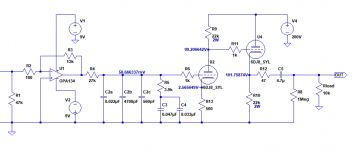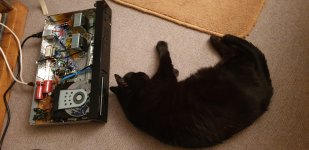Pioneer SA-608 Blown Fuse
- By Vintagelover
- Solid State
- 11 Replies
I have a vintage Pioneer SA-608.
When I first turned it on, the indicator panel didn’t work and I heard the relay (also DC protection according to Service Manual?) tripped on and off.
Also one of both fuses at the primary side of the transformer was blown.
There was an oil like substance around the power supply capacitors, and indeed, one of them had only half the capacitance it should have had.
So I replaced them.
When I turn it on know, I here the relay click, but the indicator panel doesn’t come on at first. After a while suddenly the relay trips again and then the indicator panel works.
I’m starting to think about an intermittent transistor at the power supply, one that works when it’s hot, but not when it’s cold.
I checked the output transistors with the diode test and measured the ohms. Everythings seems fine. I don’t have a scope, otherwise I would have checked it already. I’m contacting a buddy of mine the help me out, but in corona times it’s not so easy to meet and test gear.
So I was hoping that the knowledge of the many experienced guys here on the forum would give me a direction for where to search.
The schematics are avaiable on Hifiengine. I already read the threads on the forum that include my amplifier and similar ones. I even found a suggestion that the second fuse is not necessary, it’s for the 240V line?
Many questions but no solutions. What are your insights?
Thank you in advance!
When I first turned it on, the indicator panel didn’t work and I heard the relay (also DC protection according to Service Manual?) tripped on and off.
Also one of both fuses at the primary side of the transformer was blown.
There was an oil like substance around the power supply capacitors, and indeed, one of them had only half the capacitance it should have had.
So I replaced them.
When I turn it on know, I here the relay click, but the indicator panel doesn’t come on at first. After a while suddenly the relay trips again and then the indicator panel works.
I’m starting to think about an intermittent transistor at the power supply, one that works when it’s hot, but not when it’s cold.
I checked the output transistors with the diode test and measured the ohms. Everythings seems fine. I don’t have a scope, otherwise I would have checked it already. I’m contacting a buddy of mine the help me out, but in corona times it’s not so easy to meet and test gear.
So I was hoping that the knowledge of the many experienced guys here on the forum would give me a direction for where to search.
The schematics are avaiable on Hifiengine. I already read the threads on the forum that include my amplifier and similar ones. I even found a suggestion that the second fuse is not necessary, it’s for the 240V line?
Many questions but no solutions. What are your insights?
Thank you in advance!
